Riga is the capital of Latvia, and the largest city in the Baltic states. Set on the banks of the Daugava river, Riga is famous for its UNESCO world heritage status Old Town area and well preserved diverse architecture style.
Similar to the other Baltic states, Latvia sadly has a long history of foreign occupation over the centuries. Originally established by German crusaders in the 13th century, Riga saw its fair share of German, Swedish, Russian, Nazi, then Soviet occupations. The influence of all these cultures is probably most evident in the architecture of Riga’s Old Town buildings.
Today Riga is a cosmopolitan city with a bit of everything for everyone – a thriving club & bar scene, plentiful cafes, great restaurants, lush green & colorful parks, and various museums.
Old Town
Riga’s Old Town is the historical center of the city, and the best place to start exploring. Here is a snapshot of the main sights and attractions that we visited during our 4 days in Riga.
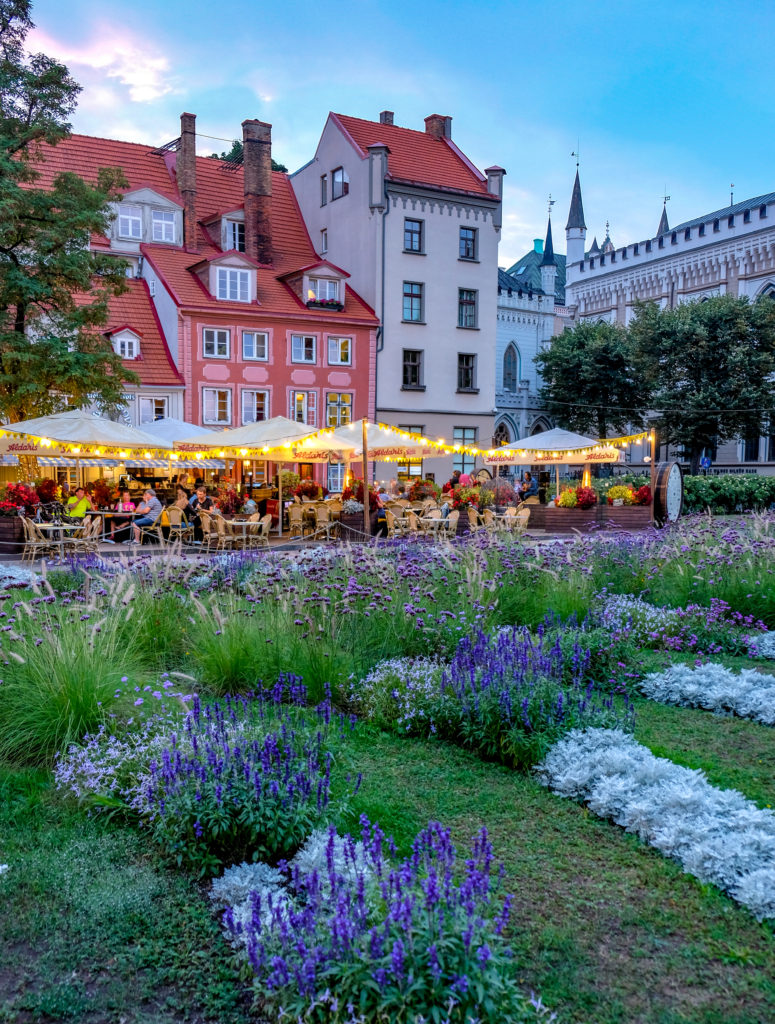
One of the many picturesque squares in Old Town Riga
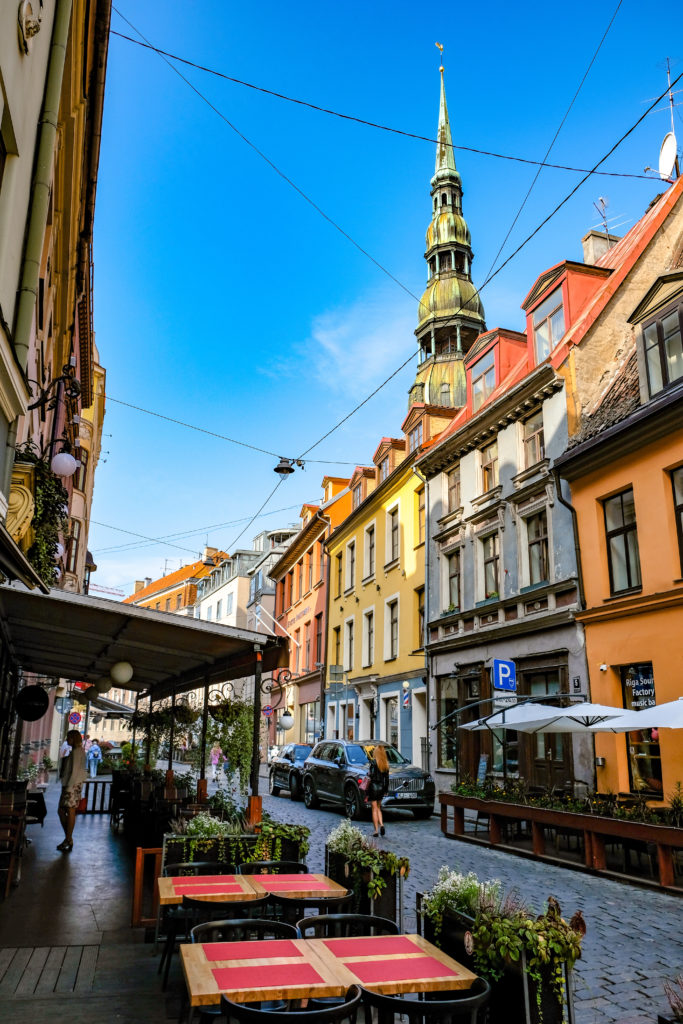
Colorful Old town alleys
St Peter’s Church: The viewing gallery at the top of St Peters Church tower boasts some of the best views of Old Town and all of Riga. The church itself is equally stunning with vaulted ceilings that seem to go on forever. Baby A did not want to be left out of the sight seeing activities, and decided that the cathedral setting was perfect for a noisy and substantial diaper change as well. Our apologies to the French tour group that stumbled on this unannounced attraction.
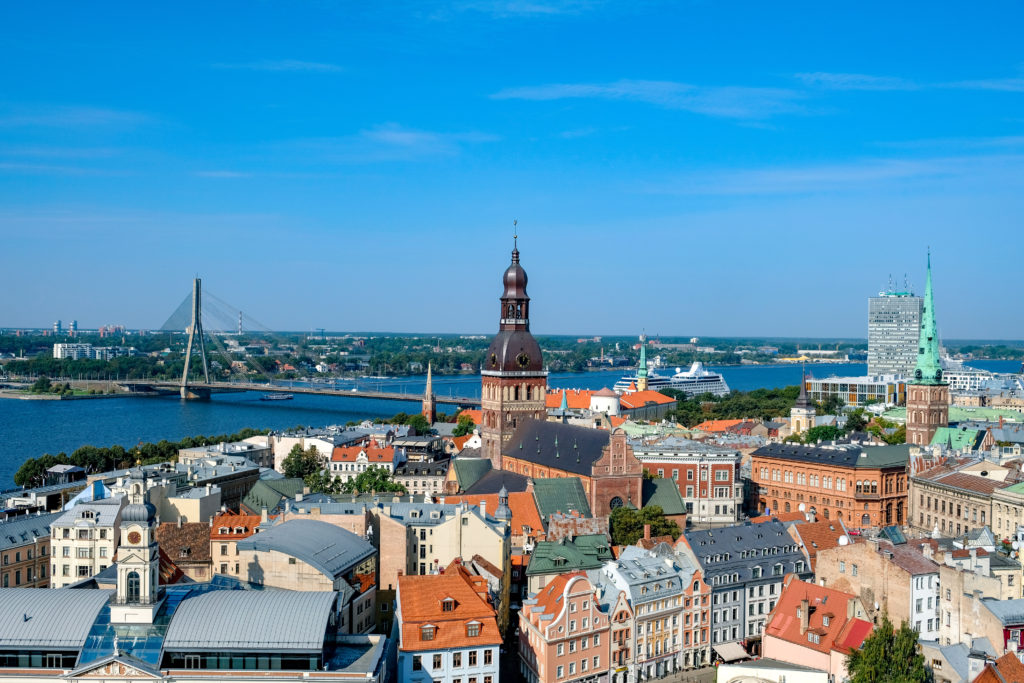
Birds eye view of Riga from atop St Peter’s Church
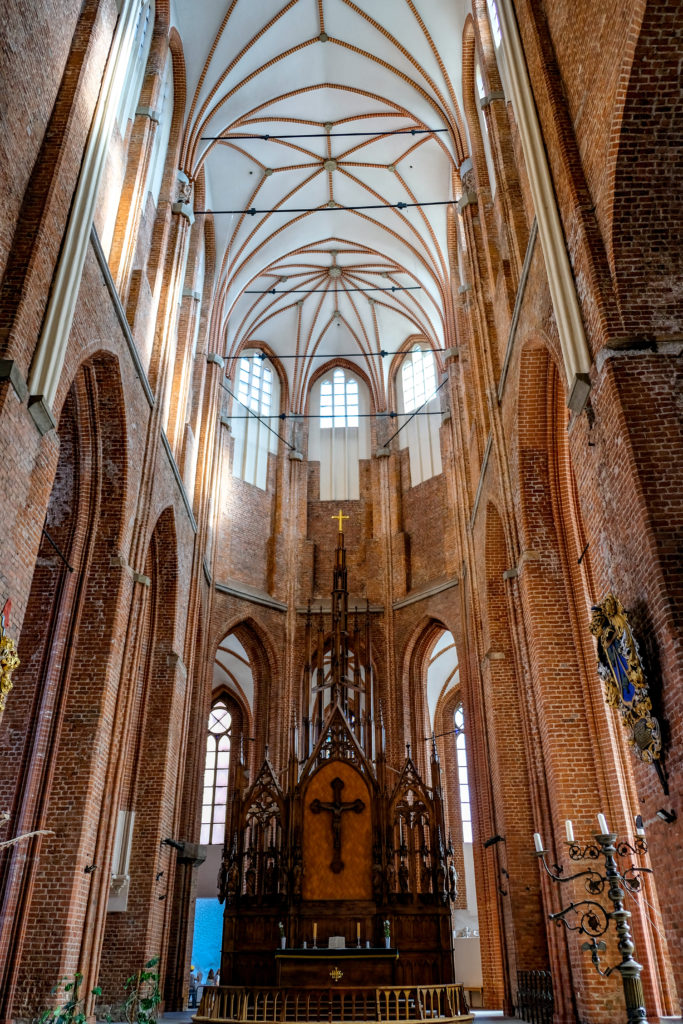
Ceilings up on high
Dome Cathedral: The Dome Cathedral was built by the Germans in the 13th century and is the largest church in the Baltic region. It takes its name from “Dom” which in German means Cathedral. We spent some time admiring the cross vaulted corridor gallery and antique cannons and artifacts, before heading into the church to admire the detailed stained glass windows.
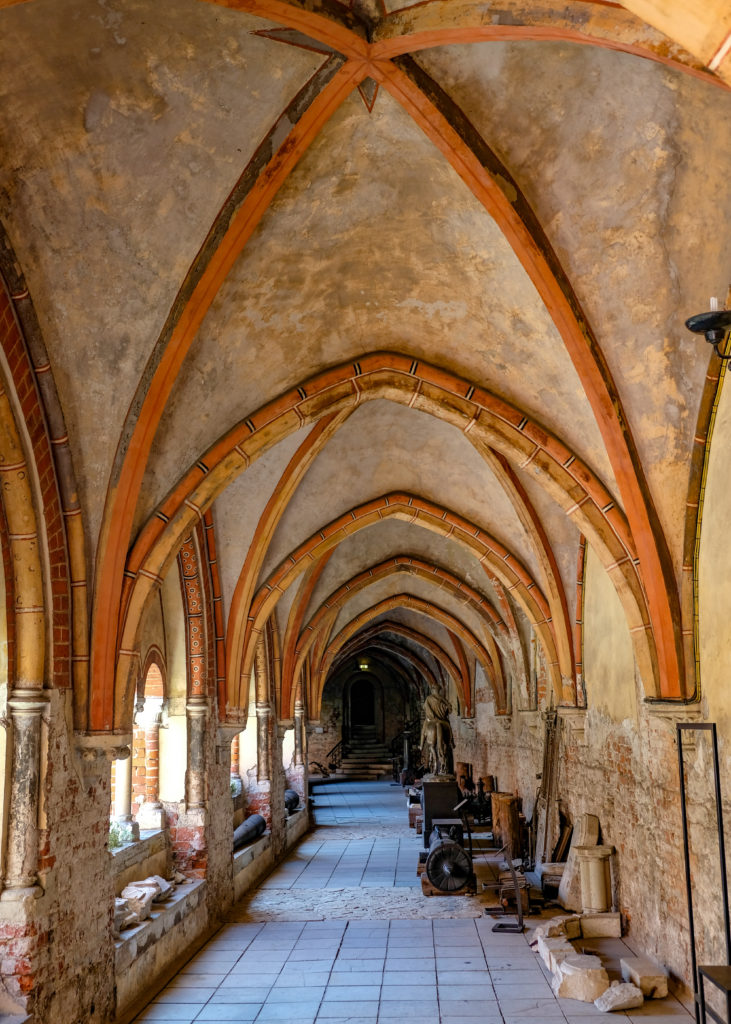
Cross vaulted corridors of Dome Cathedral
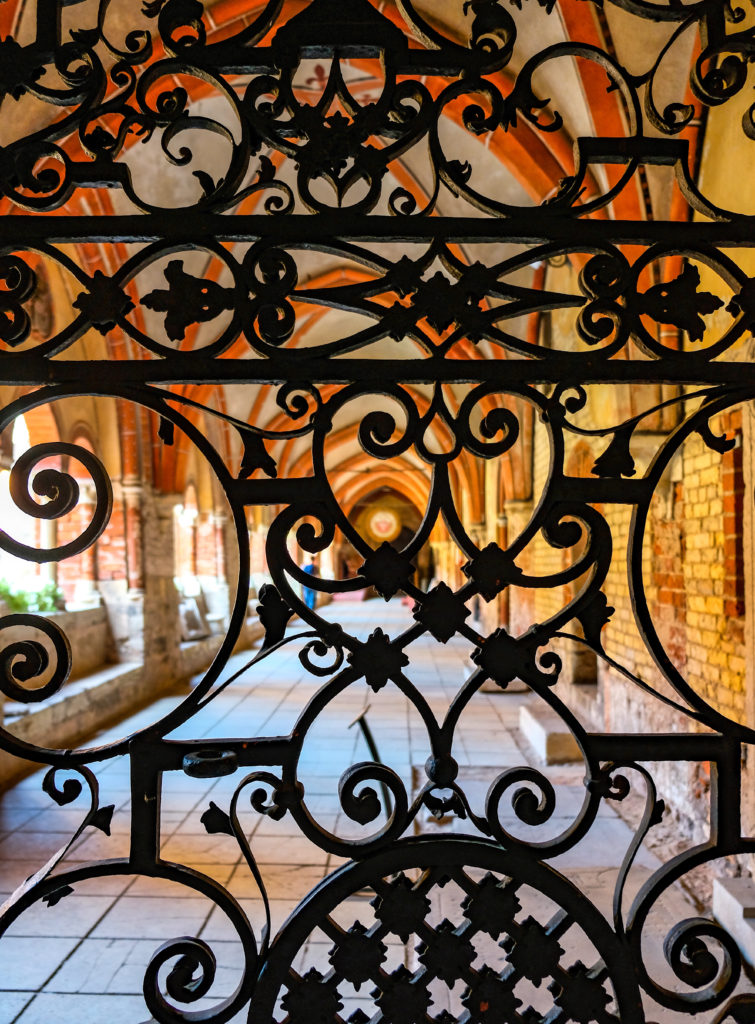
Intricate iron work on the corridor gates
Swedish Gate: This is the last standing gate from a fort wall built during the time of Swedish rule. Locals consider it lucky to pass underneath the gate, so we duly made our passage through it for some good fortune on our trip.
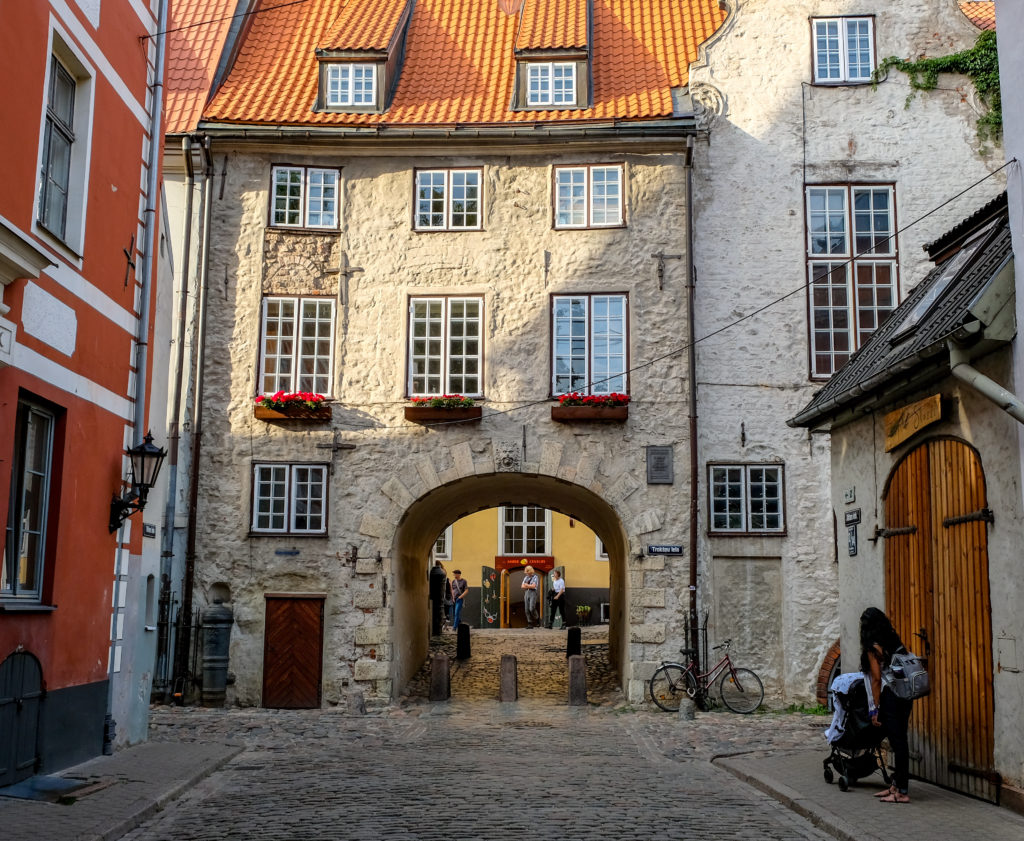
The narrow Swedish gate
House of Blackheads: One of the main icons of Riga, this 14th century establishment is the focal point of town square and was once a fraternity of sorts for bachelor German merchants.
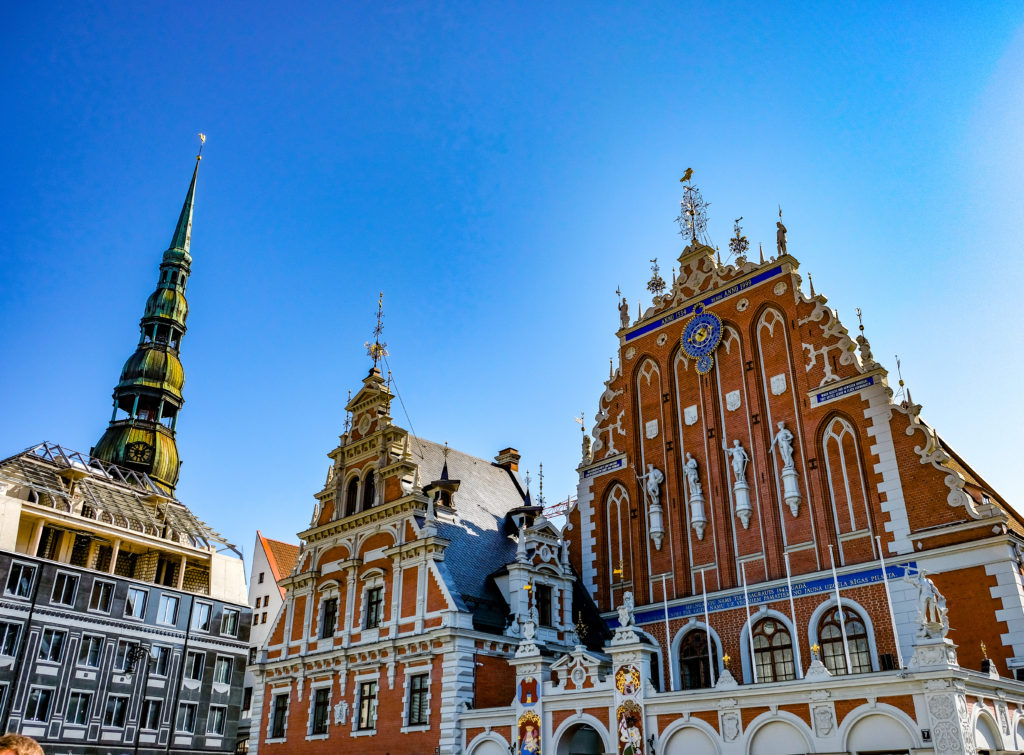
House of Blackheads and Town Square
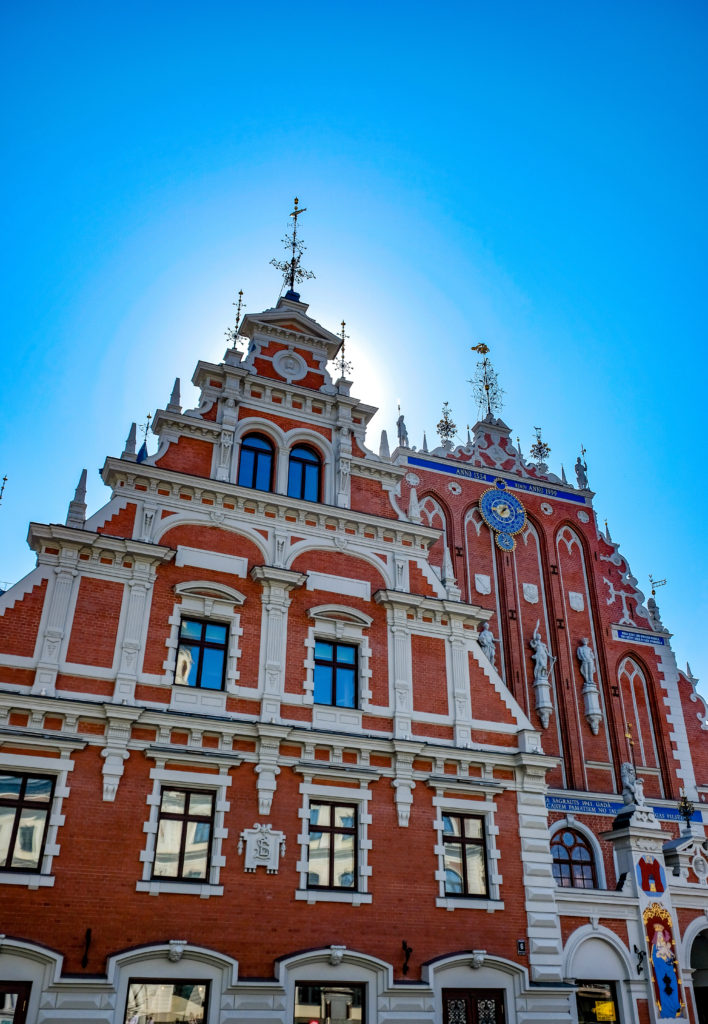
House of Blackheads reconstructed facades
Three Brothers: These 3 photogenic houses are famous for their differing architectural styles, and they were built between the 16th and 17th centuries. The tiny windows on the house on the right are because in those times property taxes were based on window sizes!
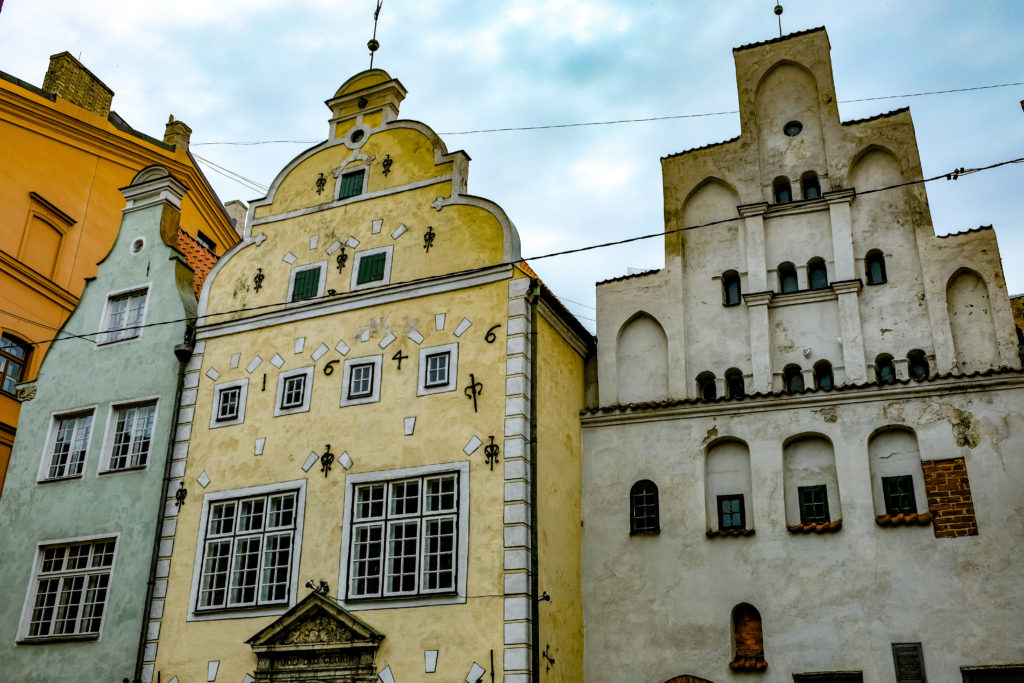
“The Three Brothers” buildings
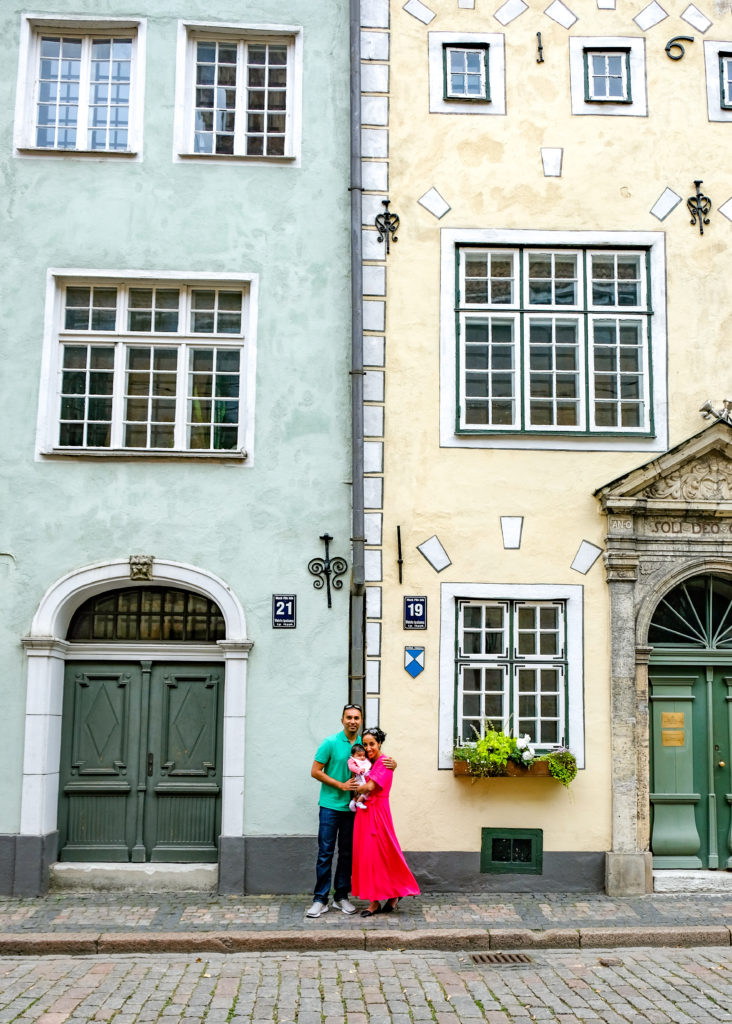
Hanging out with two of the Three Brothers
Freedom Monument
This monument built in 1935 at the edge of Old Town is a reminder of Latvia’s long and arduous journey to freedom. Lady Liberty holds up 3 stars symbolizing the 3 main regions of Latvia, while at the base of the monument various sculptures tell tales of the struggle for Latvian independence. Lady Liberty in the monument is affectionately known as “Milda”, and during the Soviet era even the act of placing flowers at her base would often lead to persecution.
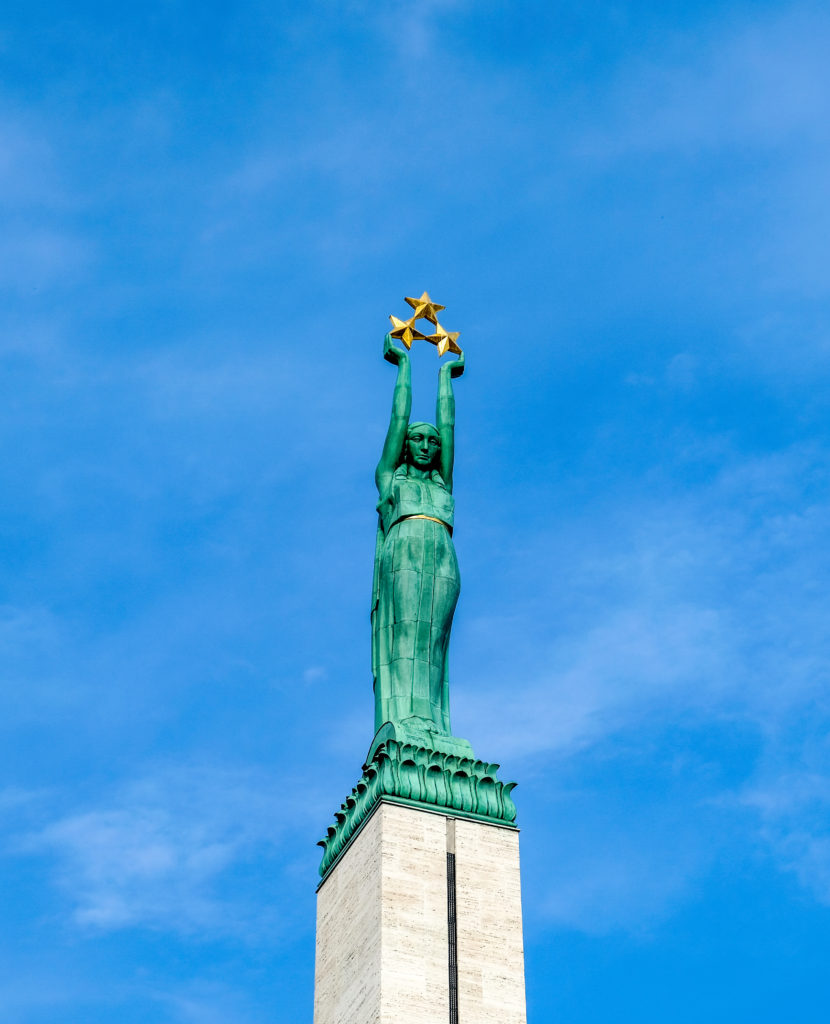
“Milda” with the 3 stars representing Latvia
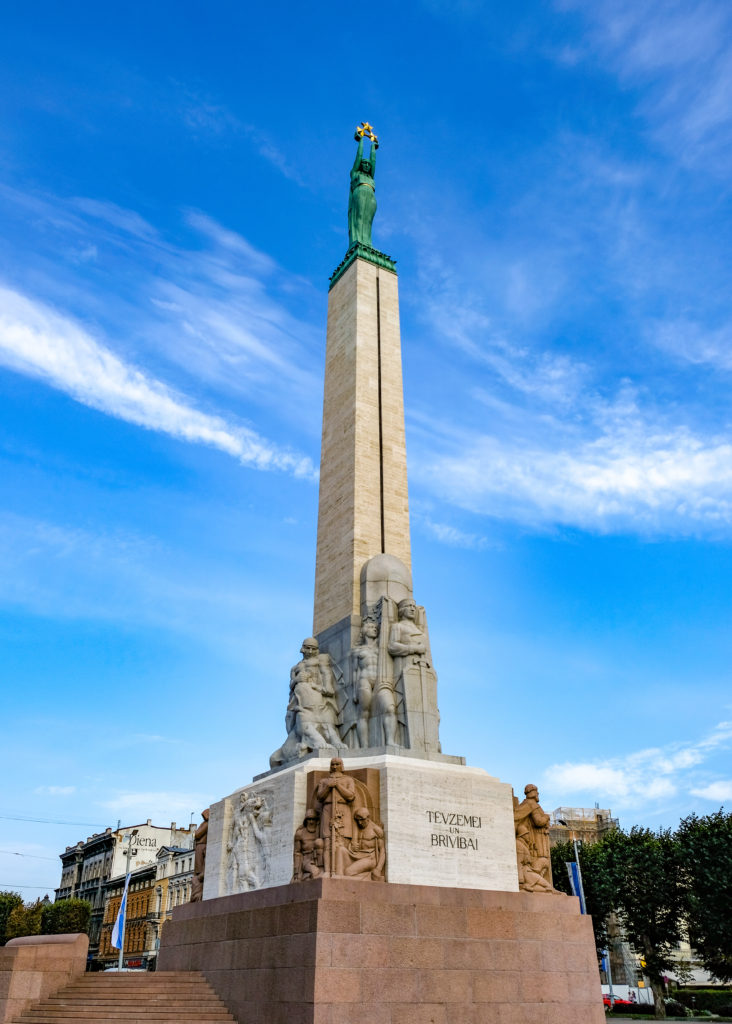
Freedom Monument towering over Brivibas boulevard
Nativity of Christ Cathedral
This Greek Orthodox Church is located in Esplanade Park, within the green belt along the border of Old Town. We admired the golden domes of the Cathedral from the outside, and marveled at the lavish decorations and ornaments on the inside as well, before heading to Esplanade Park.
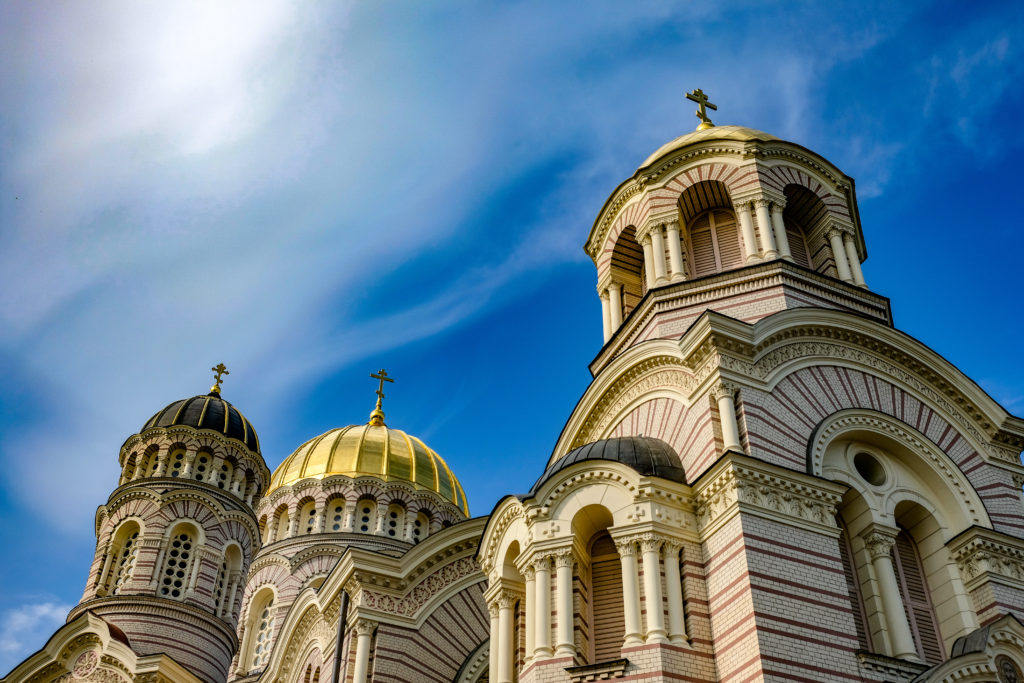
Nativity of Christ Cathedral
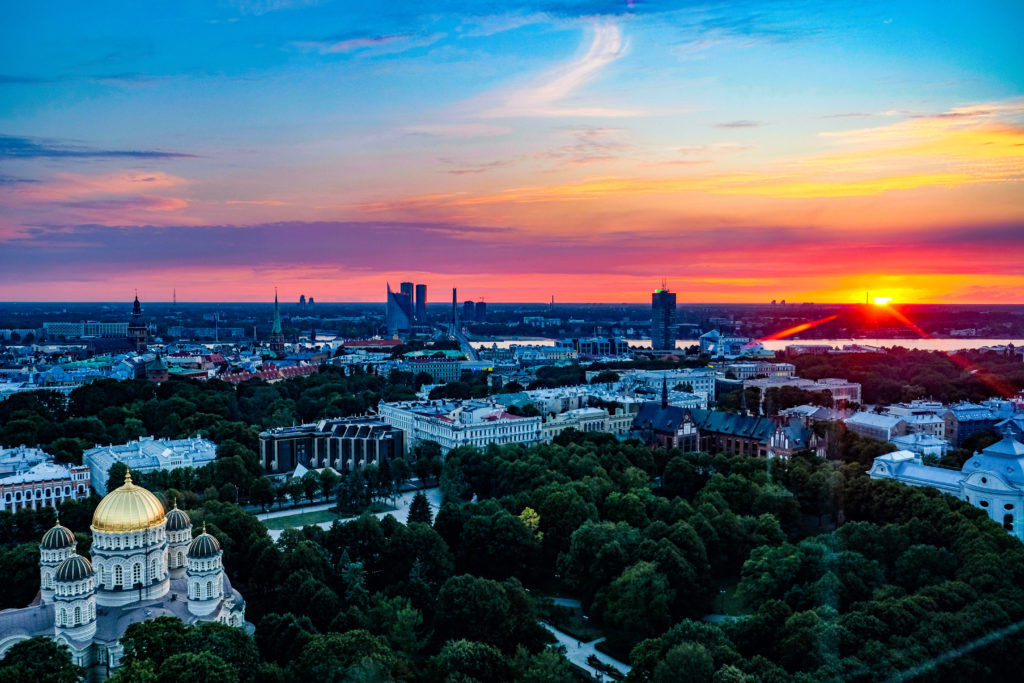
Golden dome of the Cathedral glistening at sunset
City Park
This gem of the city is a lush green oasis situated between Old Town and the Art Nouvea district. We watched the locals rowing boats in the canal, while we enjoyed the beautifully manicured and colorful floral gardens along the banks.
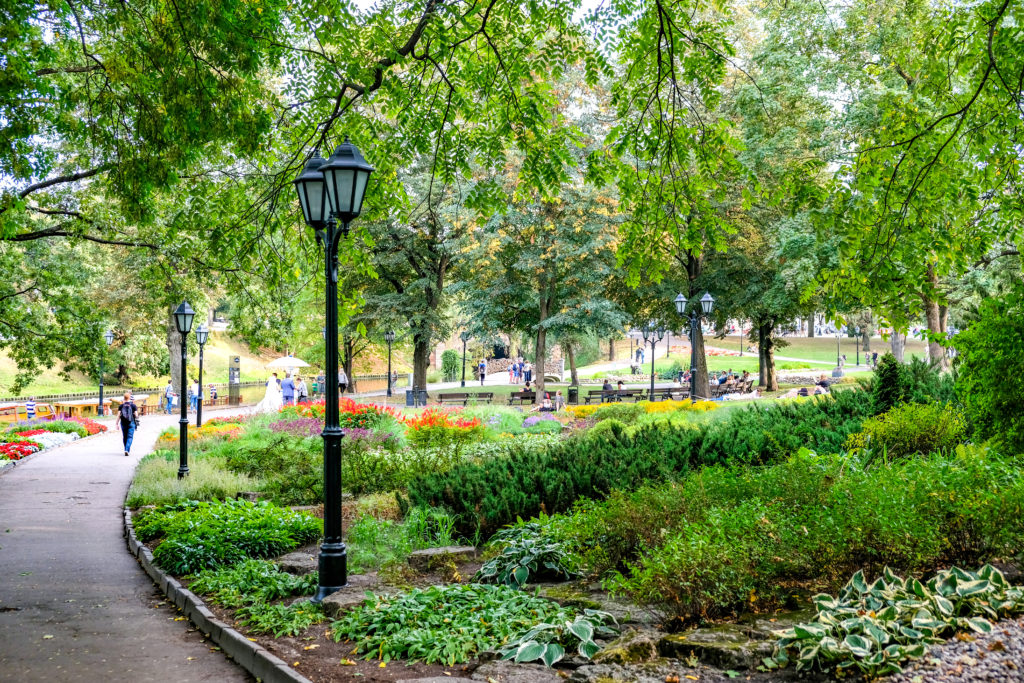
Lush green park
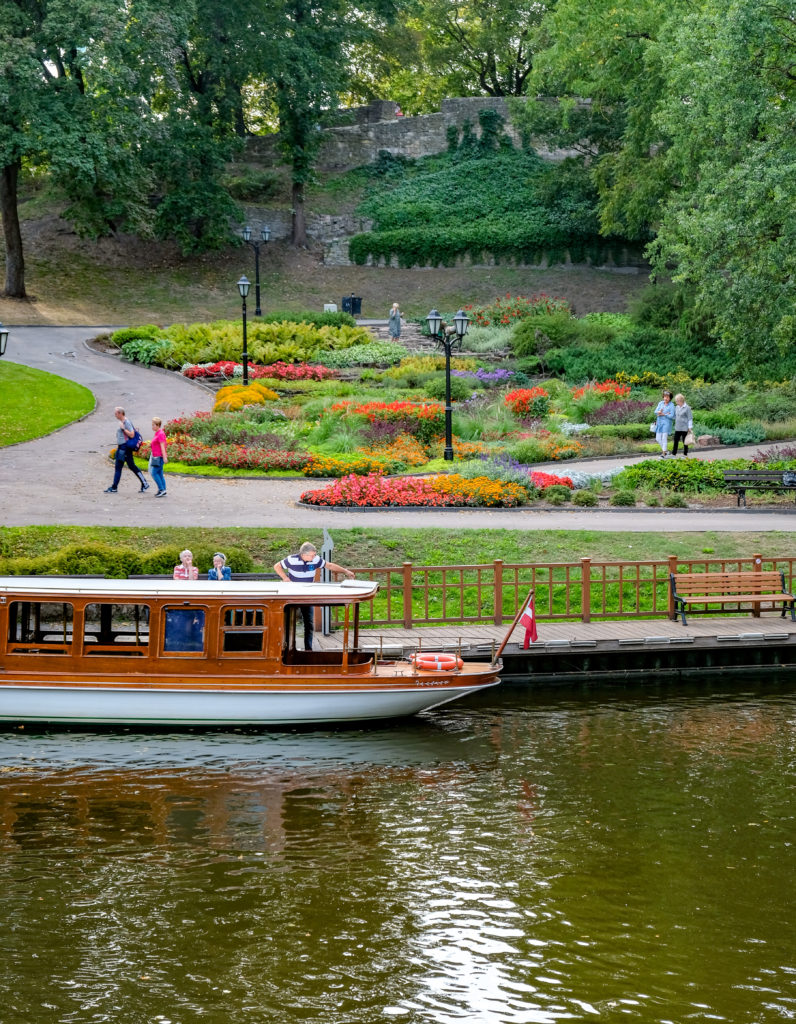
Idyllic setting within the city park
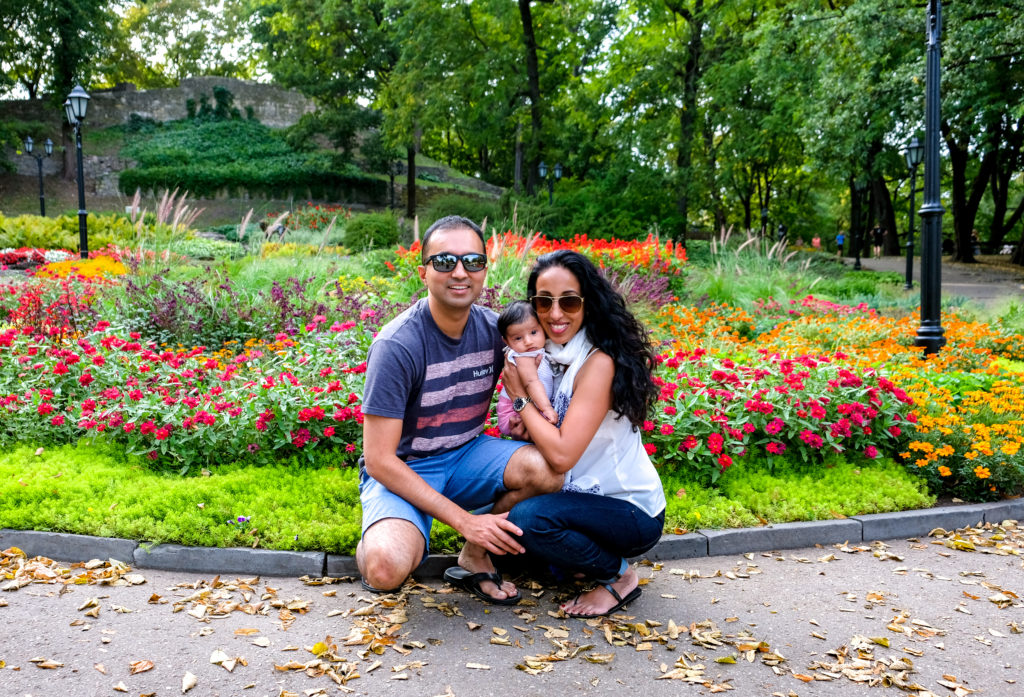
Family pose by the well manicured flower garden
Central Market
The Central Market consists of 4 large hangars that were originally built for WWI era Zeppelin airships, then moved to Riga and repurposed into the largest bazaar and market in Europe in the 1920s. The market is a great place for locals to do their daily shopping – with everything from fresh produce & meats, baked goods, pastries, dried fruits, etc on offer.
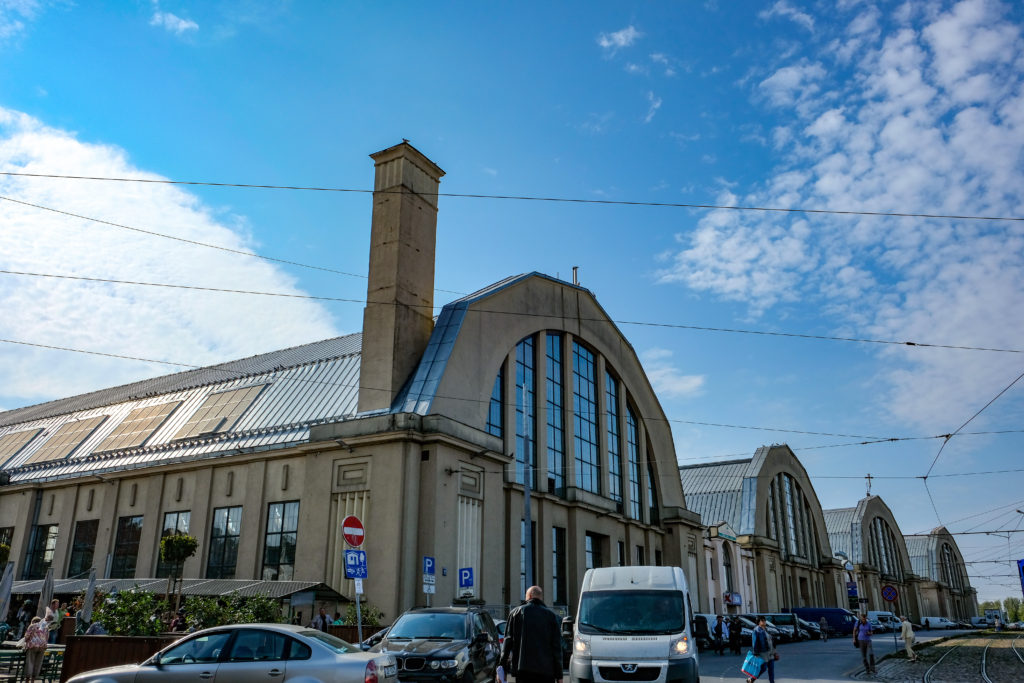
WWI Zeppelin hangars converted to Riga’s Central Market
Architecture
Riga is an architecture lovers dream, with an eclectic mix of differing styles on display. The most famous are the Art Nouveau buildings at the edge of Old Town, and as we walked down each street it felt like each corner led to more surprises and extravagant designs.
Other notable sights near Riga
Salaspils Holocaust Memorial: Salaspils was built during the Soviet era to commemorate the thousands that perished in a Nazi labor camp on this site on the outskirts of Riga during WWII. The Nazis brought Estonians, Latvians and Lithuanians to this labor camp in the early 1940s. An inscription on the concrete structure at the entrance to the memorial translates to “Beyond These Gates The Earth Is Crying”. An eerie and haunting metronomic heartbeat sound plays from inside one of the slabs, but almost feels as if it emanates from the ground itself. A handful of giant concrete sculptures are the focal point of the memorial with their silent yet powerful symbolism. The grey concrete sculptures with their angular features, grim faces and Soviet like propaganda poses depict the agony of oppression and defiant resistance. As we walked around the grounds, the overcast skies only served to heighten the somberness of the memorial, and made it a very poignant and sobering visit for us.
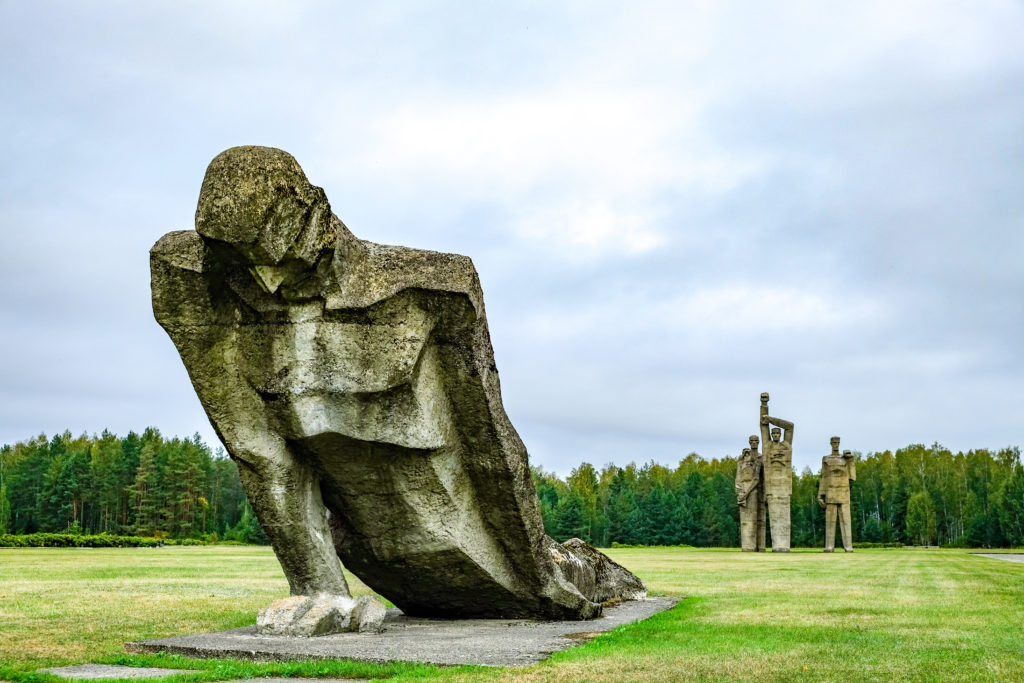
“Unbroken”
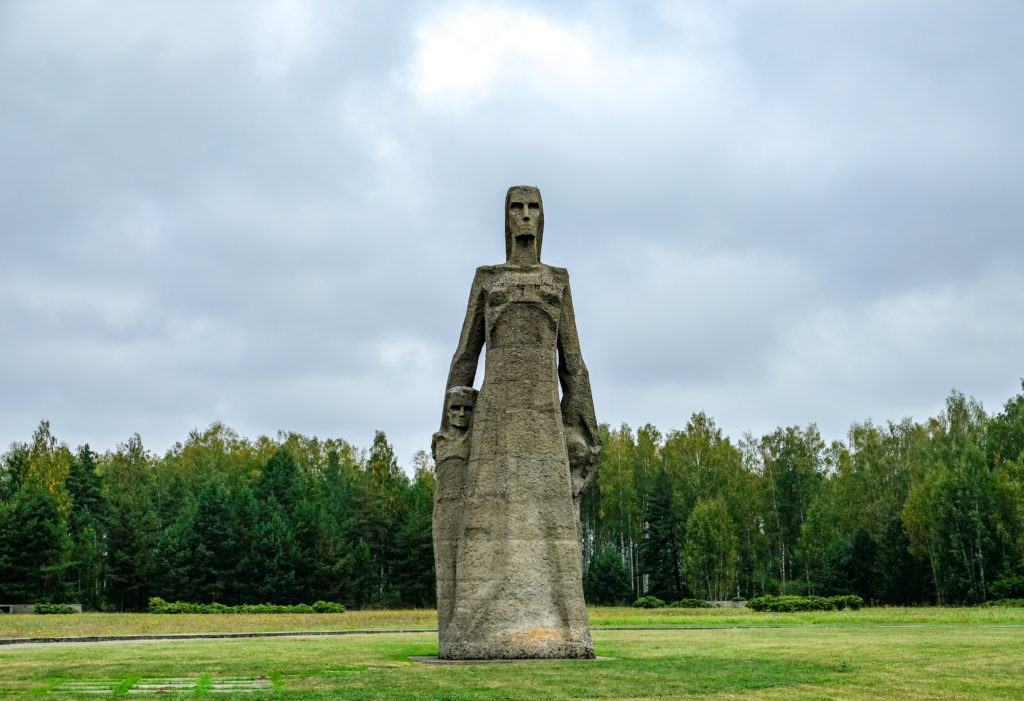
“The Mother”, shielding her children
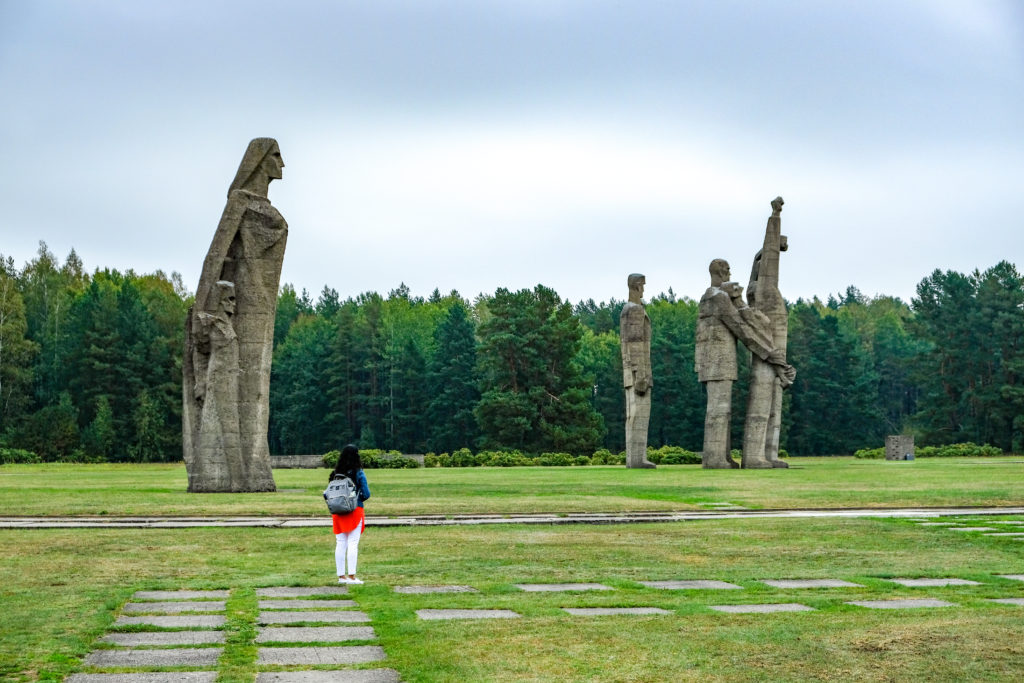
Marveling at the sheer scale of the sculptures and their powerful symbolism
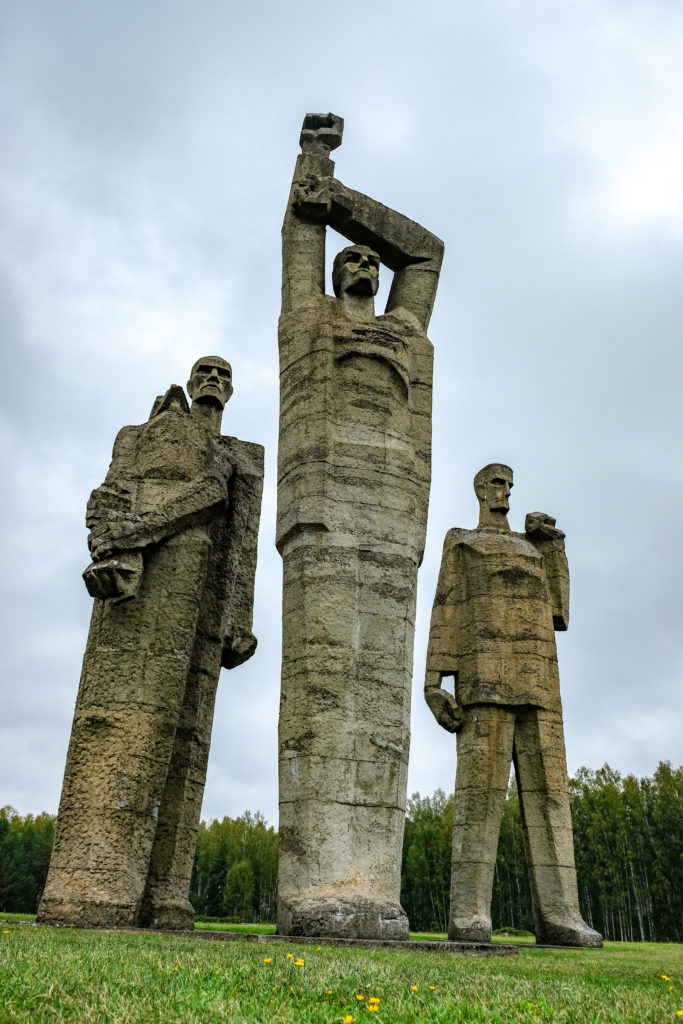
“Solidarity”
Jurmala Beach: The coastal town of Jurmala is a short 30 minute train ride away from Riga, and is a nice change of pace from the hustle and bustle of the city. Jurmala has a small town area and stretch of sandy beaches that are apparently packed during the warmer summer months. We didn’t spend too much time on the beach though, since it was too windy for baby A.
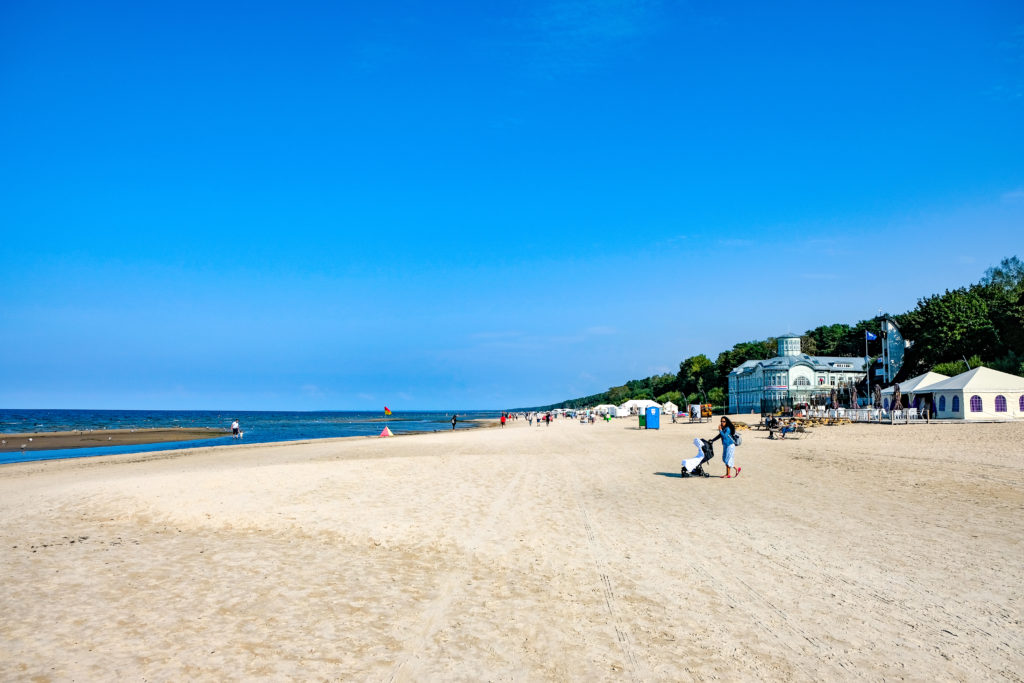
Jurmala beach empty during start of low season
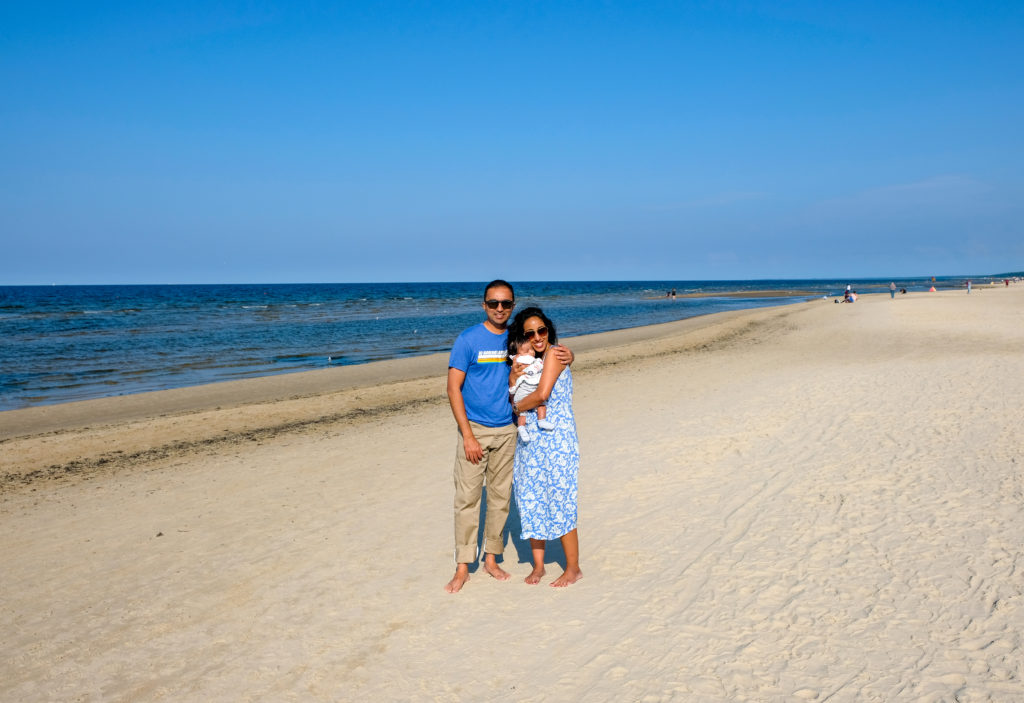
Deceptively sunny yet chilly
Eats:
A sampling of some of our favorite restaurants and items to sample in Riga:
Black Balsam
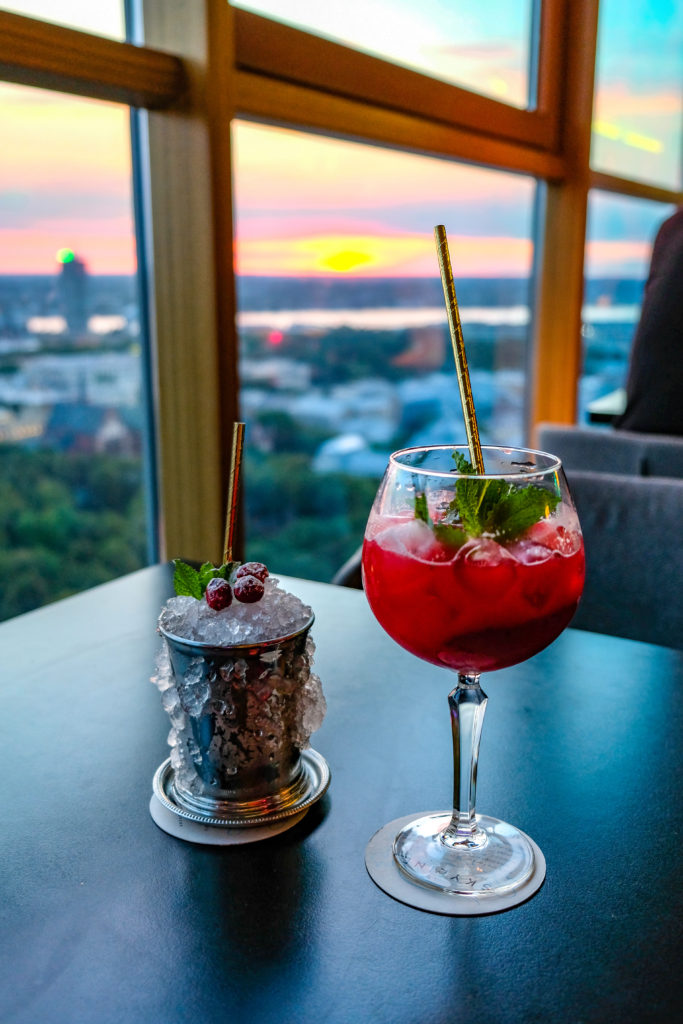
Black Balsam (on the left) a Latvian liquor made with a concoction of 24 different herbs. Pictured at the Skybar of the Radisson Blu.
Tevocis Vanya (Uncle Vanya)
Smilšu iela 16, Centra rajons, Rīga, LV-1050, Latvia
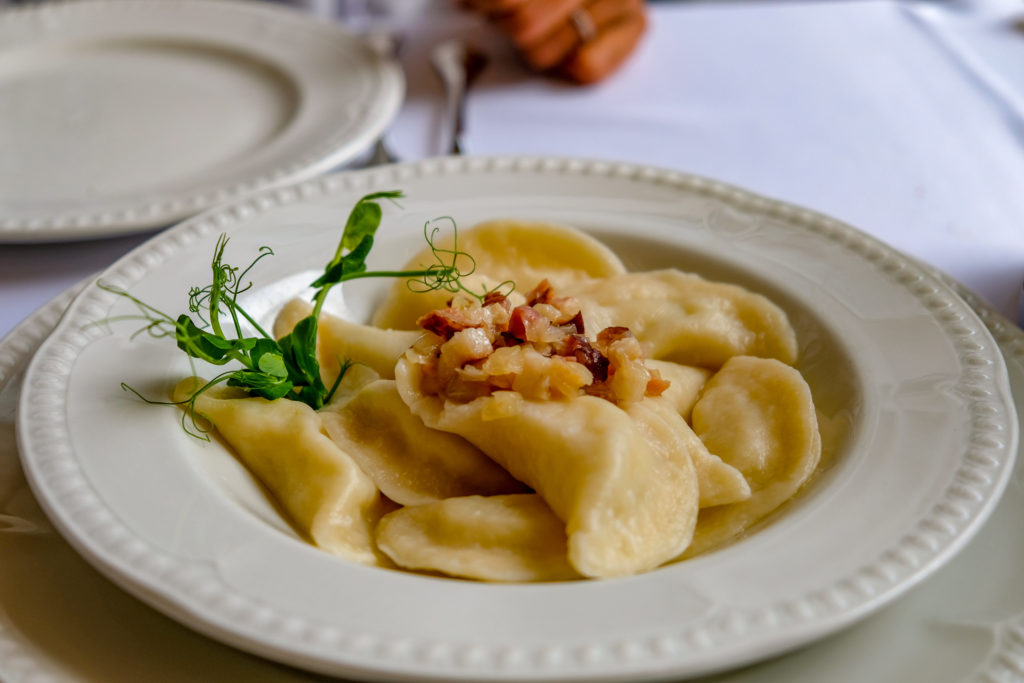
Sample hearty Russian fare such as these dumplings, along with potent vodka infusions
Muusu
Skārņu iela 6, Centra rajons, Rīga, LV-1050, Latvia (http://www.muusu.lv)
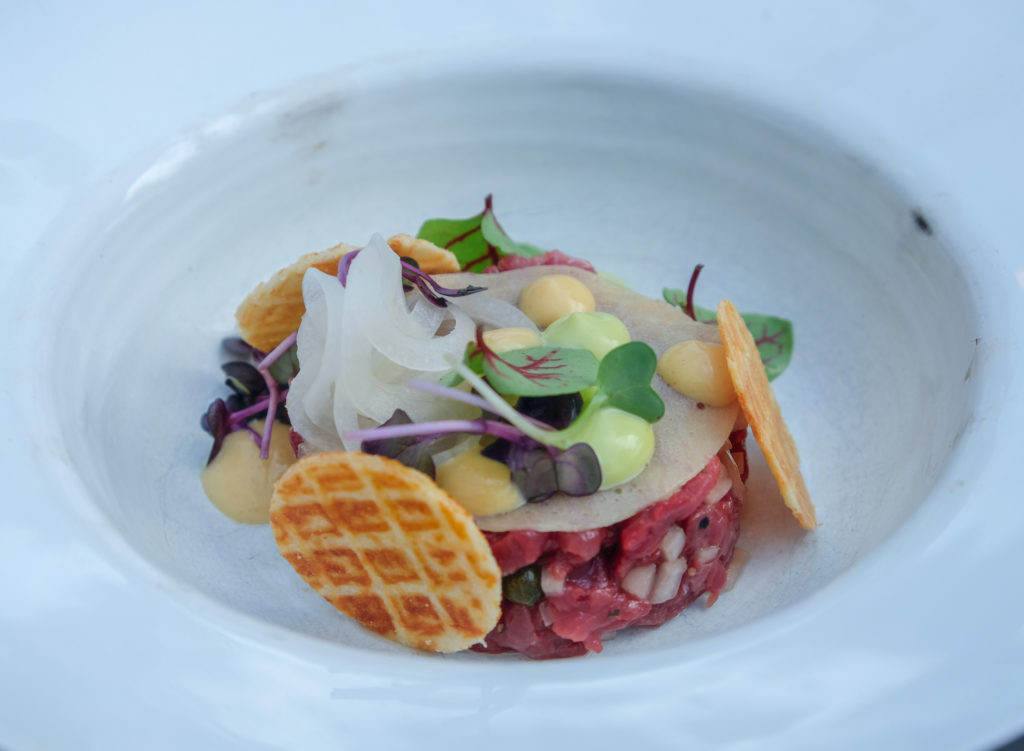
Local Latvian dishes, including some exotic dishes such as this Ostrich tartar
Peter Gailis
Skārņu iela 25, Centra rajons, Rīga, LV-1050, Latvia (http://petergailis.com/en)
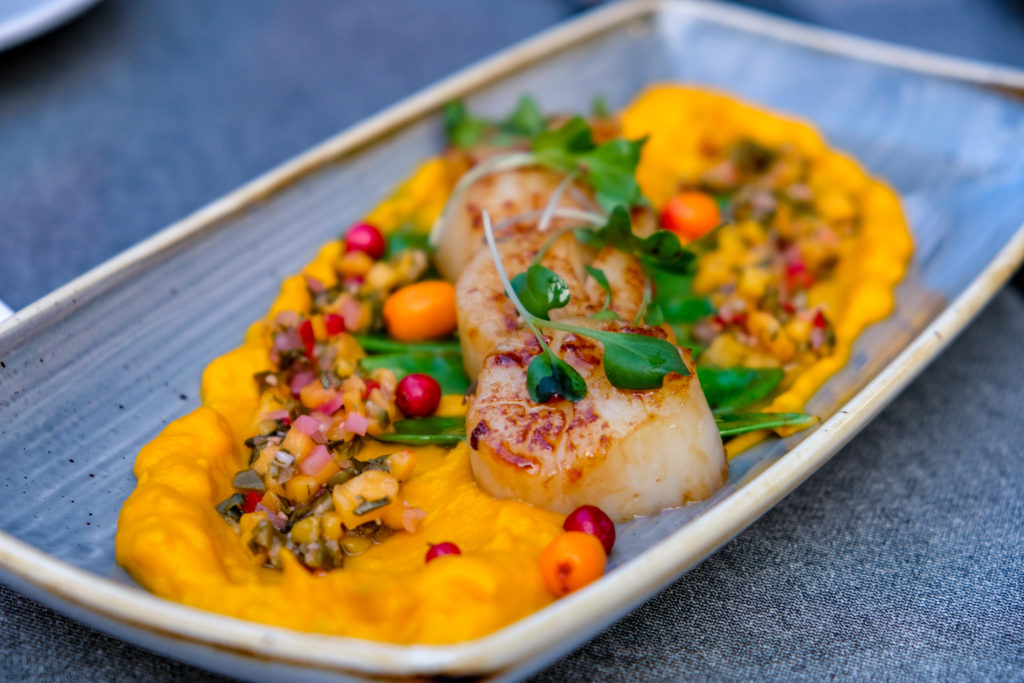
Tasty local dishes in a restaurant looking up at St Peters Church
Folkklubs Ala Pagrabs
Peldu iela 19, Centra rajons, Rīga, LV-1050, Latvia (http://www.folkklubs.lv/en)
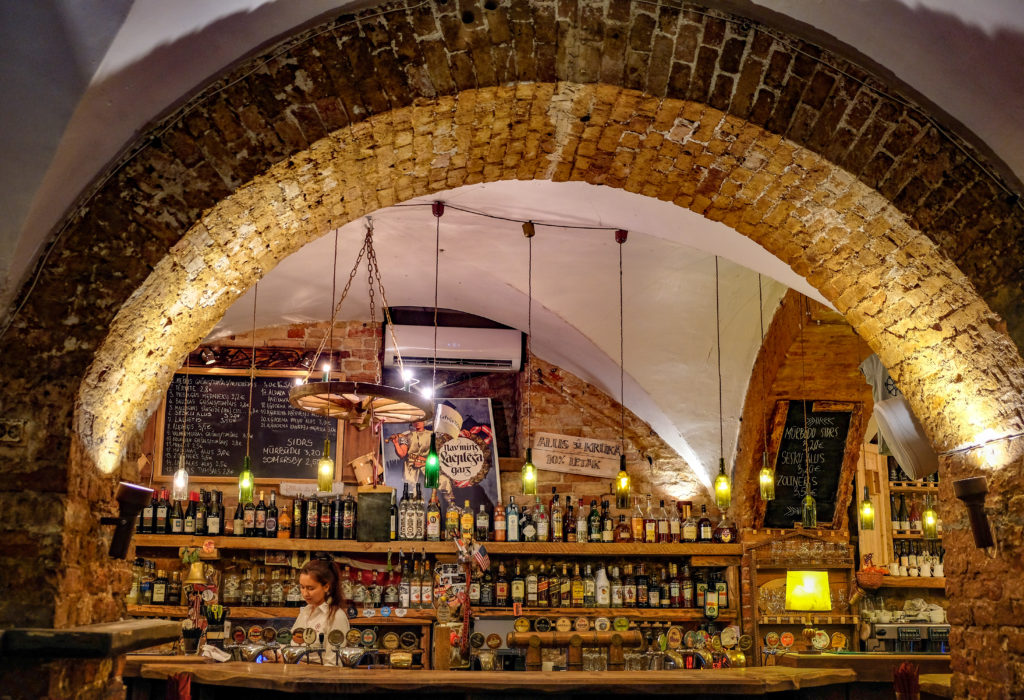
Authentic hearty Latvian mainstays such as grey peas and potato pancakes, set in what looked like the cellar of a medieval house

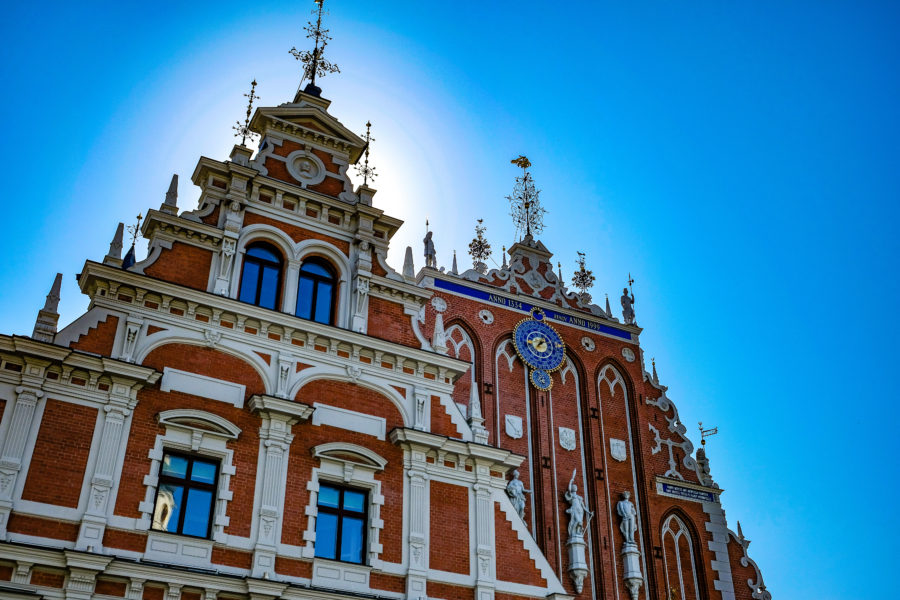
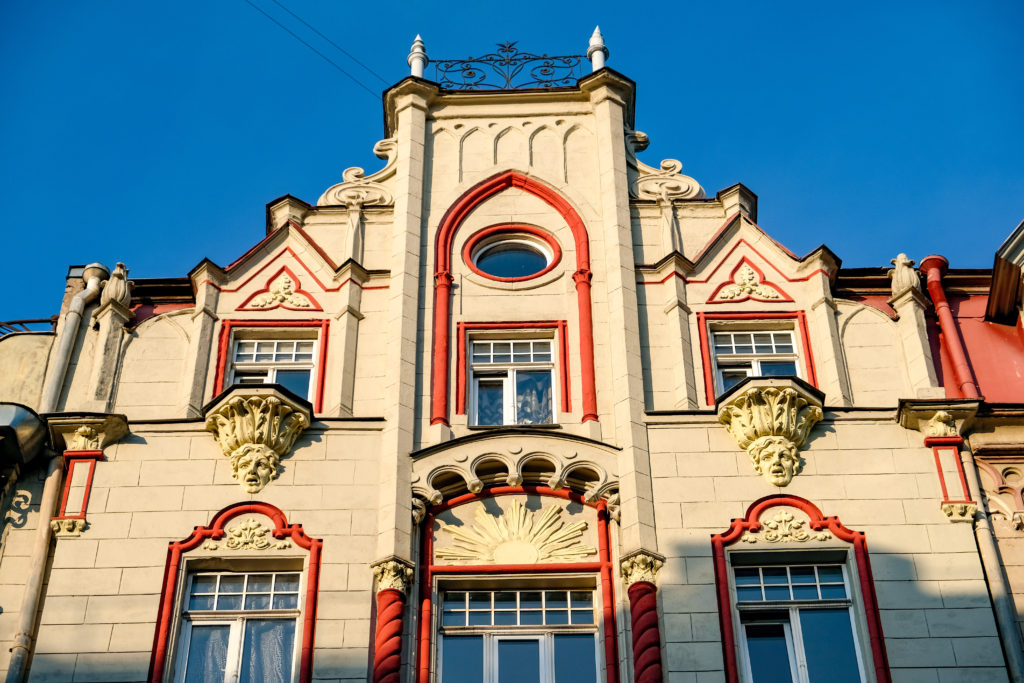
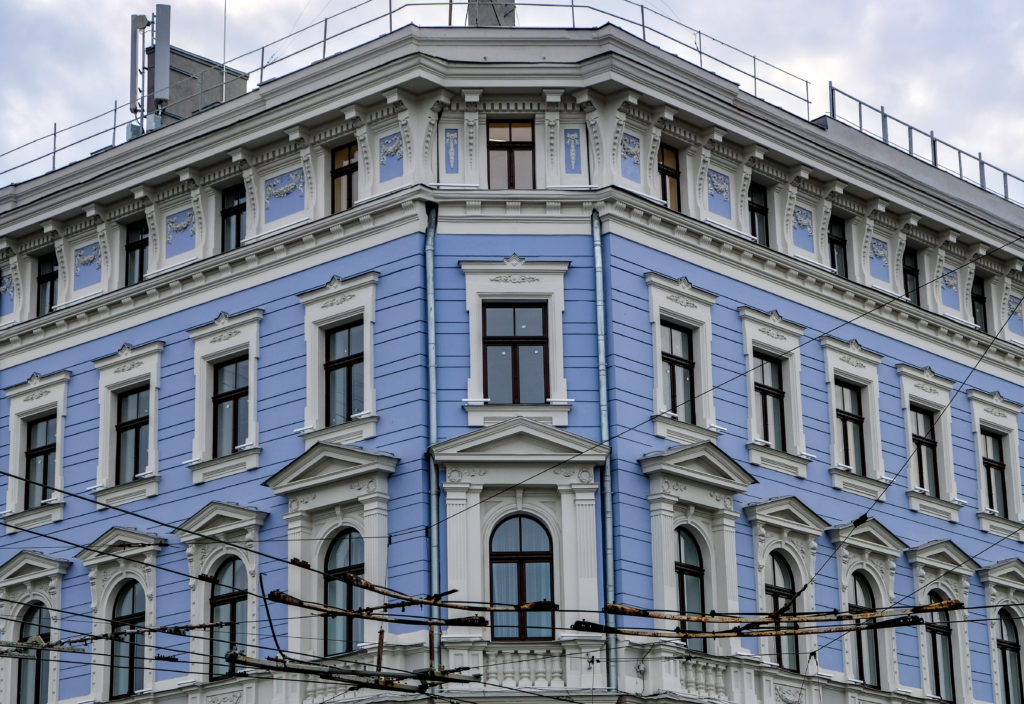
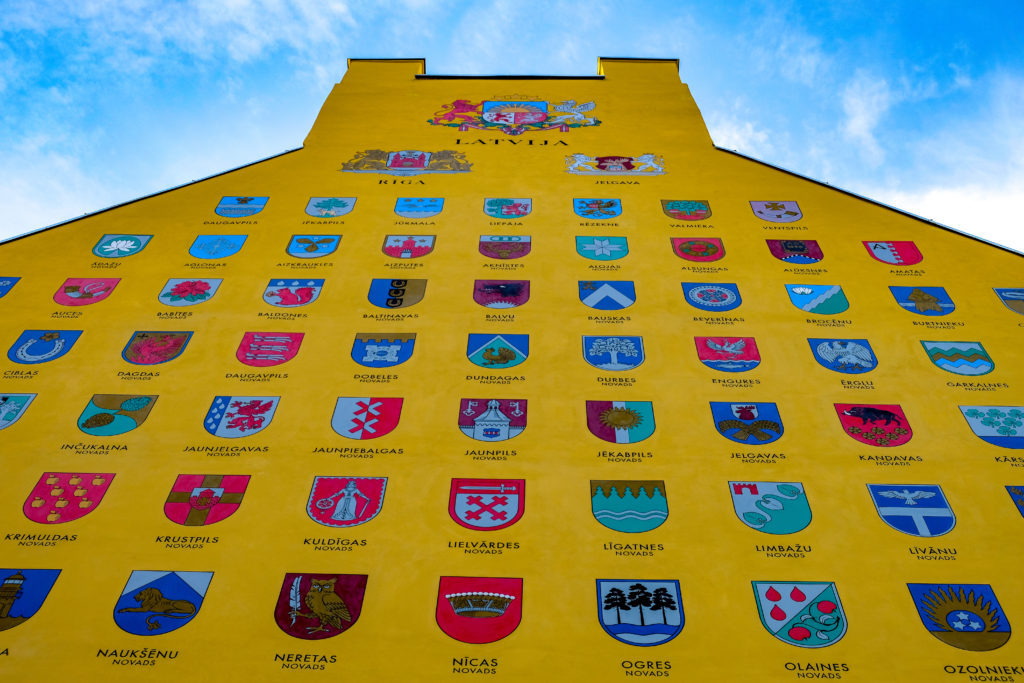
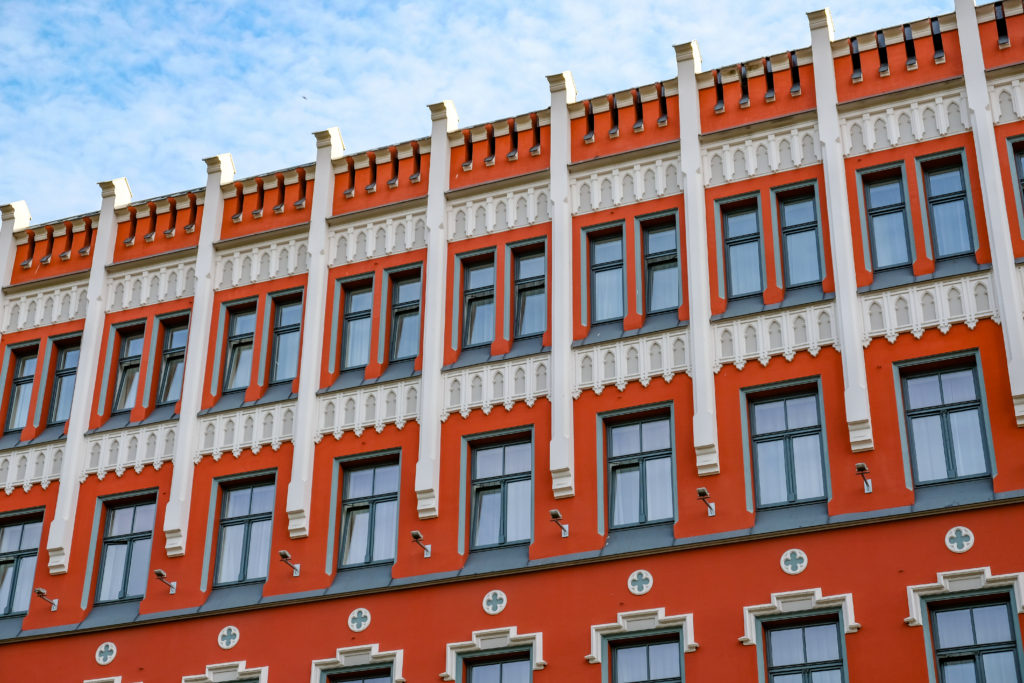
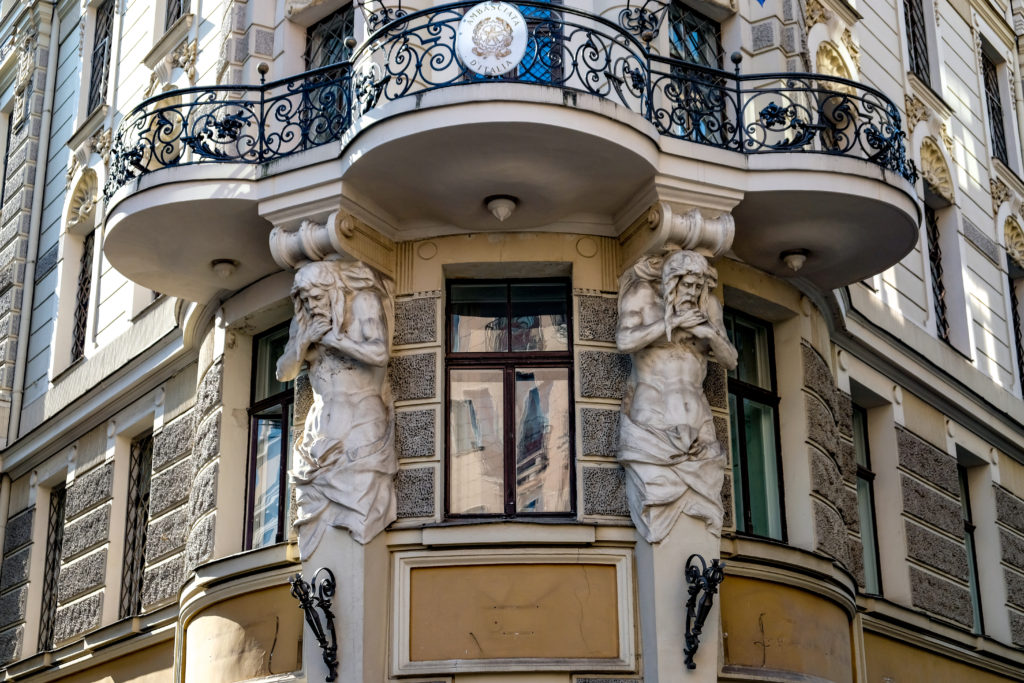
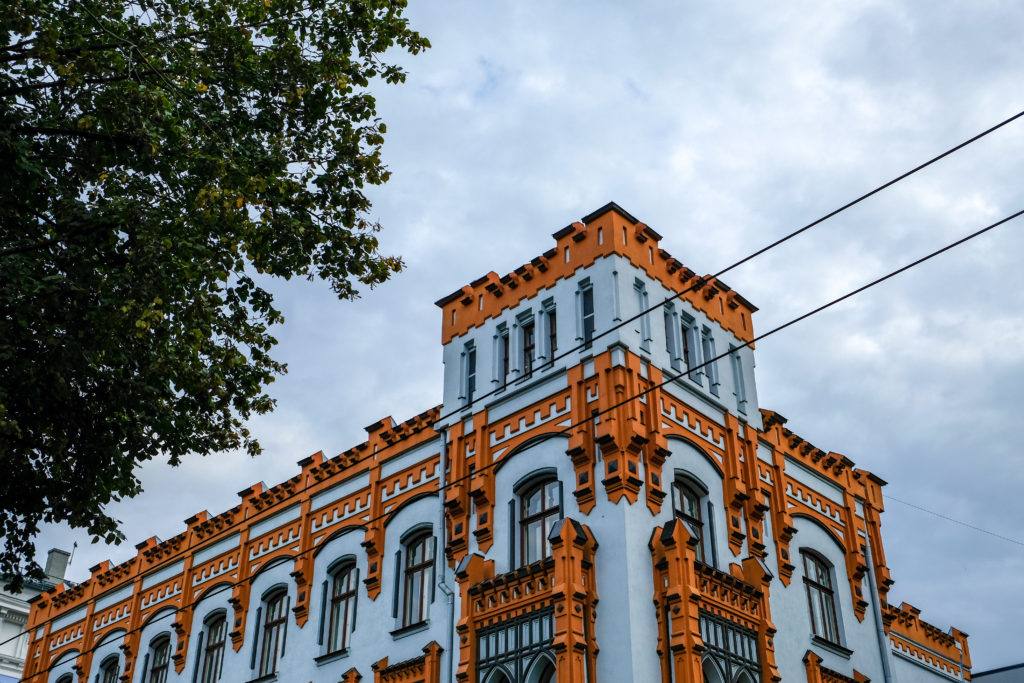
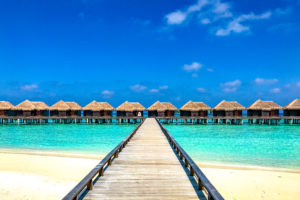
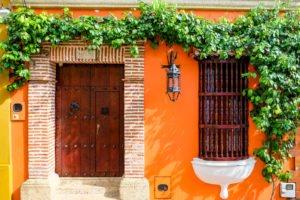
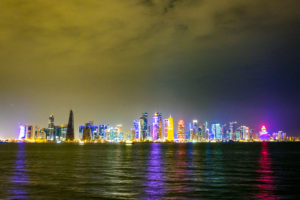




Leave a Reply
Please share your comments below!